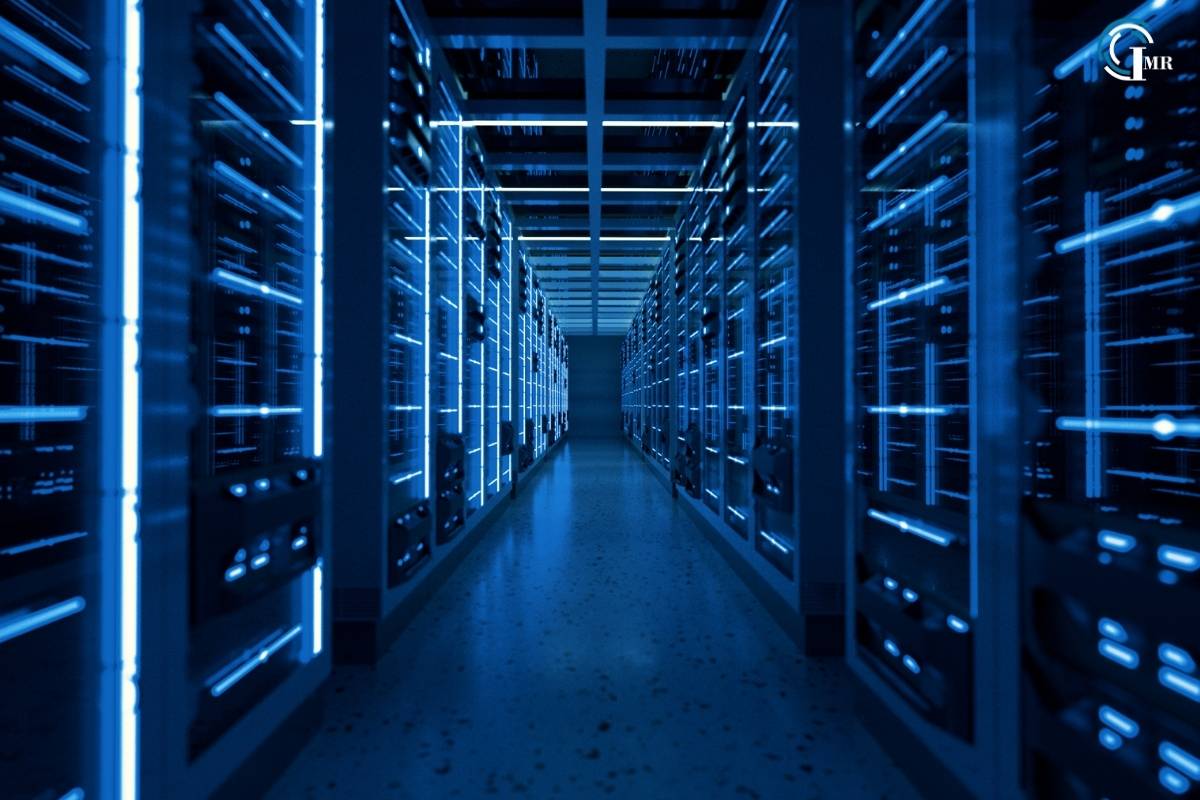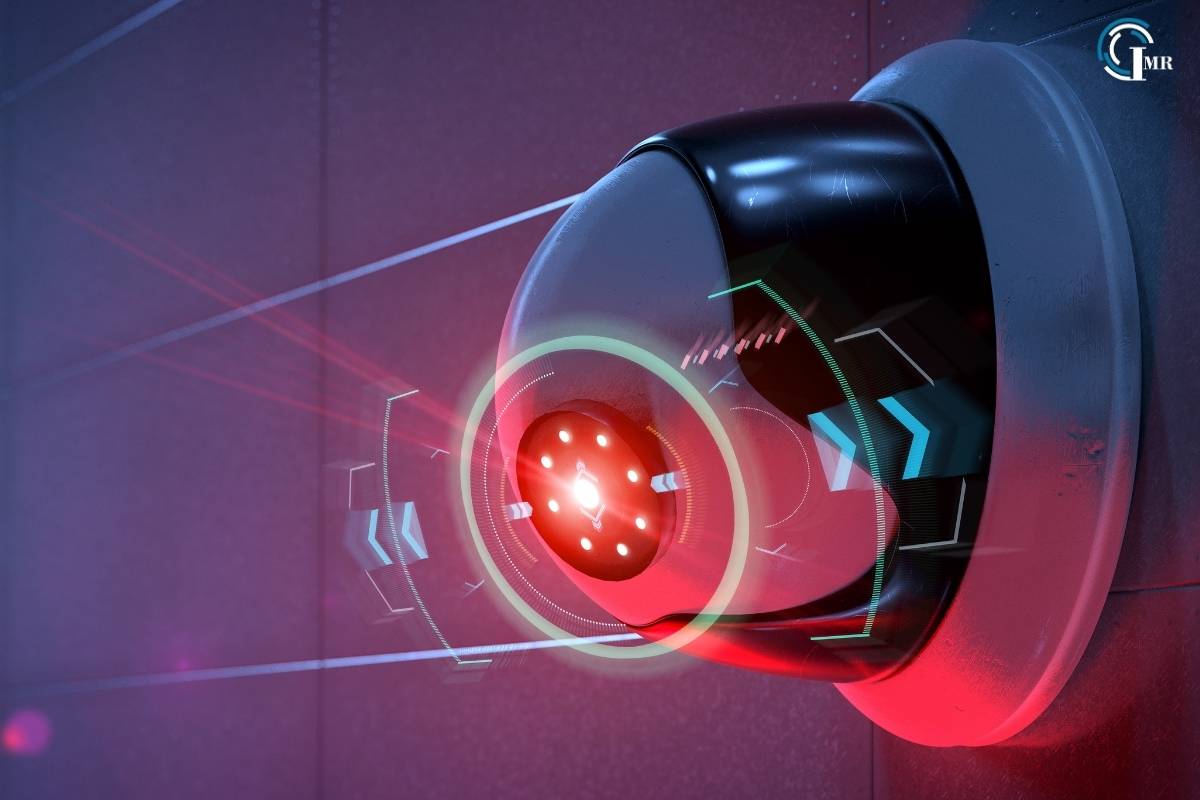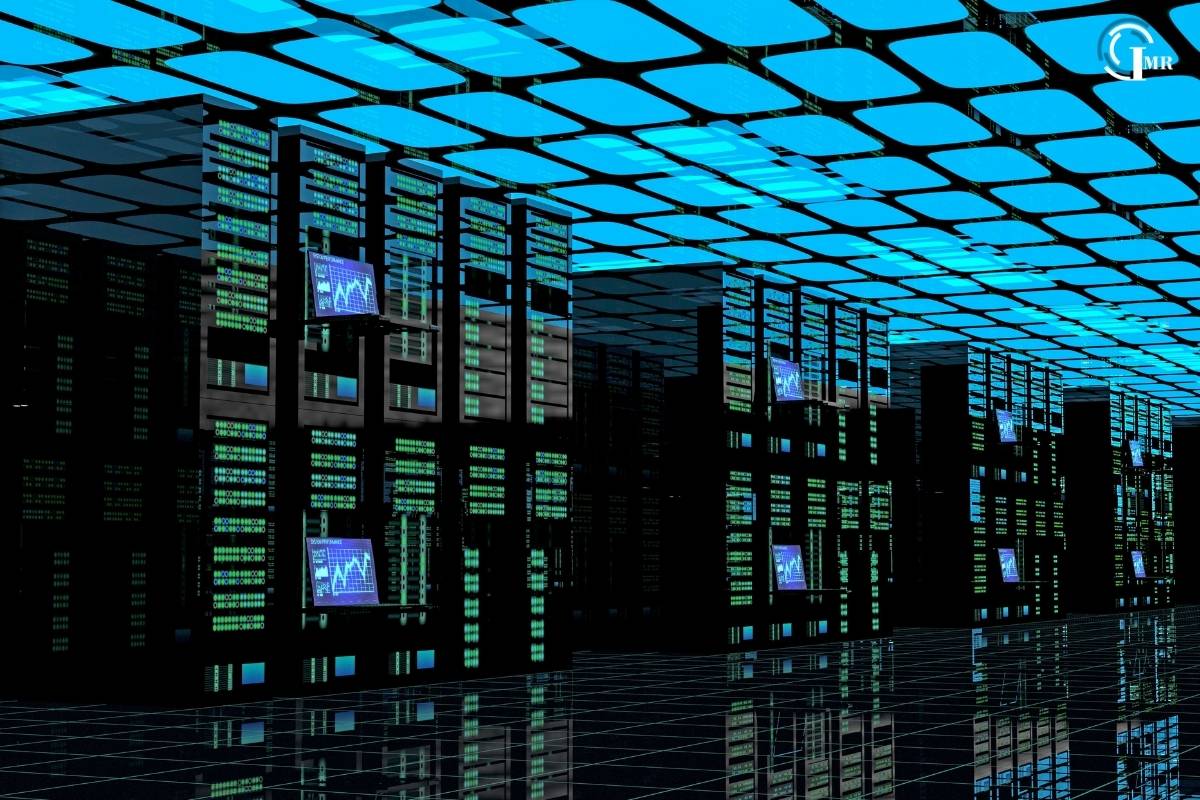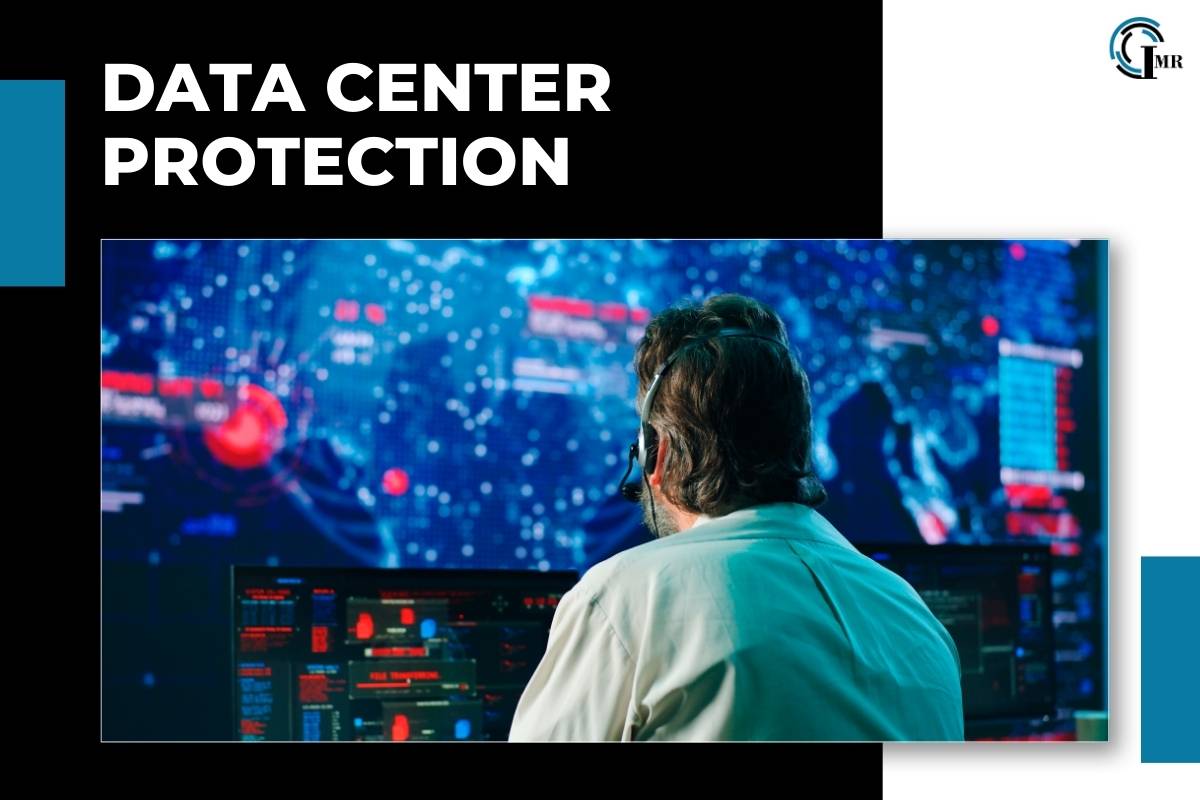Data Center Protection: Ensuring the Safety and Security of Critical Infrastructure
Data centers are the backbone of the global economy, powering everything from online banking and social media to cloud storage and enterprise applications. These facilities house vast amounts of sensitive information and mission-critical applications, making their protection paramount. Data center protection encompasses a range of strategies and technologies designed to safeguard these vital assets from physical and cyber threats. This comprehensive guide explores the essential aspects of data center protection, highlighting the importance of perimeter security, cybersecurity measures, and best practices for ensuring the safety and security of your data center.
Understanding Data Center Protection
Data center protection refers to the measures and technologies employed to safeguard data centers from various threats. These threats can be physical, such as natural disasters, theft, and vandalism, or cyber-related, including hacking, malware, and ransomware attacks. Effective data center protection requires a multi-layered approach that integrates physical security, cybersecurity, and operational best practices.
Physical Security
Physical security is the first line of defense in protecting a data center. It involves measures designed to prevent unauthorized access to the facility and protect it from physical threats.
Perimeter Security

Perimeter security is a critical component of physical security. It involves securing the outer boundaries of the data center property to prevent unauthorized entry. This includes the installation of fences, gates, and barriers, as well as the deployment of security personnel and surveillance systems. The has seen significant advancements in recent years, with the development of high-tech solutions such as motion sensors, infrared cameras, and automated entry systems.
Access Control
Access control systems regulate who can enter the data center and what areas they can access. Modern access control systems use biometric authentication, key cards, and security tokens to ensure that only authorized personnel can enter sensitive areas. These systems also provide detailed logs of who accessed the facility and when aiding in incident response and investigation.
Surveillance and Monitoring
Surveillance cameras and monitoring systems are essential for detecting and responding to security incidents in real-time. These systems provide continuous monitoring of the data center premises, allowing security personnel to quickly identify and respond to potential threats. Advanced video analytics can also detect unusual behavior or unauthorized access attempts, further enhancing security.
Cybersecurity Measures
While physical security is crucial, data centers must also be protected from cyber threats. Cybersecurity measures are designed to safeguard the data, applications, and networks housed within the data center from malicious attacks.
Firewalls and Intrusion Detection Systems

Firewalls are the first line of defense against cyber threats, acting as a barrier between the internal network and external threats. Intrusion Detection Systems (IDS) monitor network traffic for suspicious activity, alerting administrators to potential security breaches. These systems work together to prevent unauthorized access and detect potential attacks.
Encryption
Encryption is the process of converting data into a coded format to prevent unauthorized access. Data at rest (stored data) and data in transit (data being transmitted) should be encrypted to ensure that even if it is intercepted, it cannot be read or used by unauthorized individuals.
Regular Security Audits and Vulnerability Assessments
Regular security audits and vulnerability assessments are essential for identifying and addressing potential security weaknesses. These assessments help ensure that security measures are up-to-date and effective in protecting the data center from emerging threats.
Operational Best Practices
In addition to physical and cybersecurity measures, operational best practices play a vital role in data center protection. These practices involve implementing policies and procedures that enhance security and ensure the smooth operation of the data center.
Employee Training and Awareness
Employees are often the first line of defense against security threats. Regular training and awareness programs can educate staff about security best practices, potential threats, and how to respond in the event of a security incident. This includes training on identifying phishing attempts, using strong passwords, and following access control protocols.
Incident Response Planning
An effective incident response plan is essential for quickly and efficiently addressing security incidents. This plan should outline the steps to be taken in the event of a security breach, including communication protocols, roles and responsibilities, and recovery procedures. Regularly testing and updating the incident response plan ensures that it remains effective in the face of evolving threats.
Redundancy and Disaster Recovery
Redundancy and disaster recovery measures are crucial for ensuring the continuous operation of the data center in the event of a disaster. This includes having backup power supplies, redundant network connections, and off-site data backups. Disaster recovery plans should be regularly tested to ensure that the data center can quickly recover from any disruption.
The Role of the Perimeter Security Industry

The Perimeter Security industry plays a vital role in the overall protection of data centers. As data centers become more critical to the functioning of businesses and governments, the demand for advanced perimeter security solutions has increased. This industry provides innovative technologies and services designed to enhance the physical security of data centers, including:
- Advanced Surveillance Systems: Modern surveillance systems use high-resolution cameras, infrared sensors, and AI-powered analytics to provide comprehensive monitoring of data center perimeters. These systems can detect and alert security personnel to potential threats in real-time.
- Automated Access Control: Automated access control systems use biometric authentication, key cards, and security tokens to regulate who can enter the data center. These systems provide an additional layer of security by ensuring that only authorized personnel can access sensitive areas.
- Physical Barriers and Fencing: The installation of robust physical barriers and fencing around the data center property is essential for preventing unauthorized access. High-security fencing, crash-rated barriers, and bollards can effectively deter and delay intruders.
- Integrated Security Solutions: The Perimeter Security industry offers integrated security solutions that combine various security measures into a cohesive system. This includes the integration of surveillance, access control, and intrusion detection systems to provide comprehensive protection.
Conclusion
Protecting a data center from physical and cyber threats requires a multi-faceted approach that integrates physical security, cybersecurity measures, and operational best practices. The Perimeter Security industry plays a crucial role in this effort, providing advanced technologies and services that enhance the physical security of data centers. By implementing comprehensive strategies, organizations can ensure the safety and security of their critical infrastructure, safeguarding sensitive information and maintaining continuous operations.
As data centers continue to grow in importance, the need for robust protection measures will only increase. Staying ahead of emerging threats and adopting the latest security technologies will be essential for ensuring the resilience and reliability of data centers in the face of an ever-evolving threat landscape.





Comments